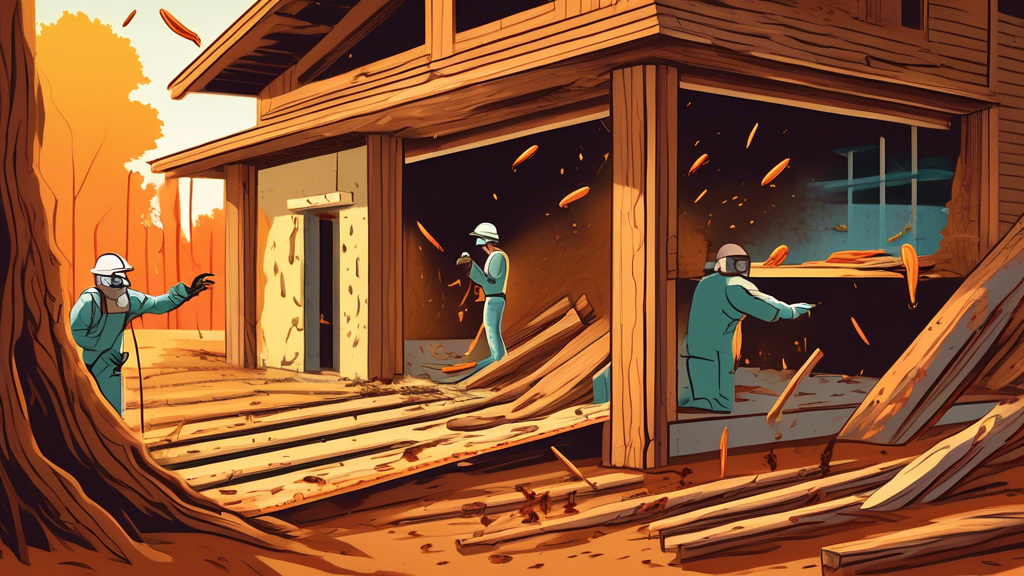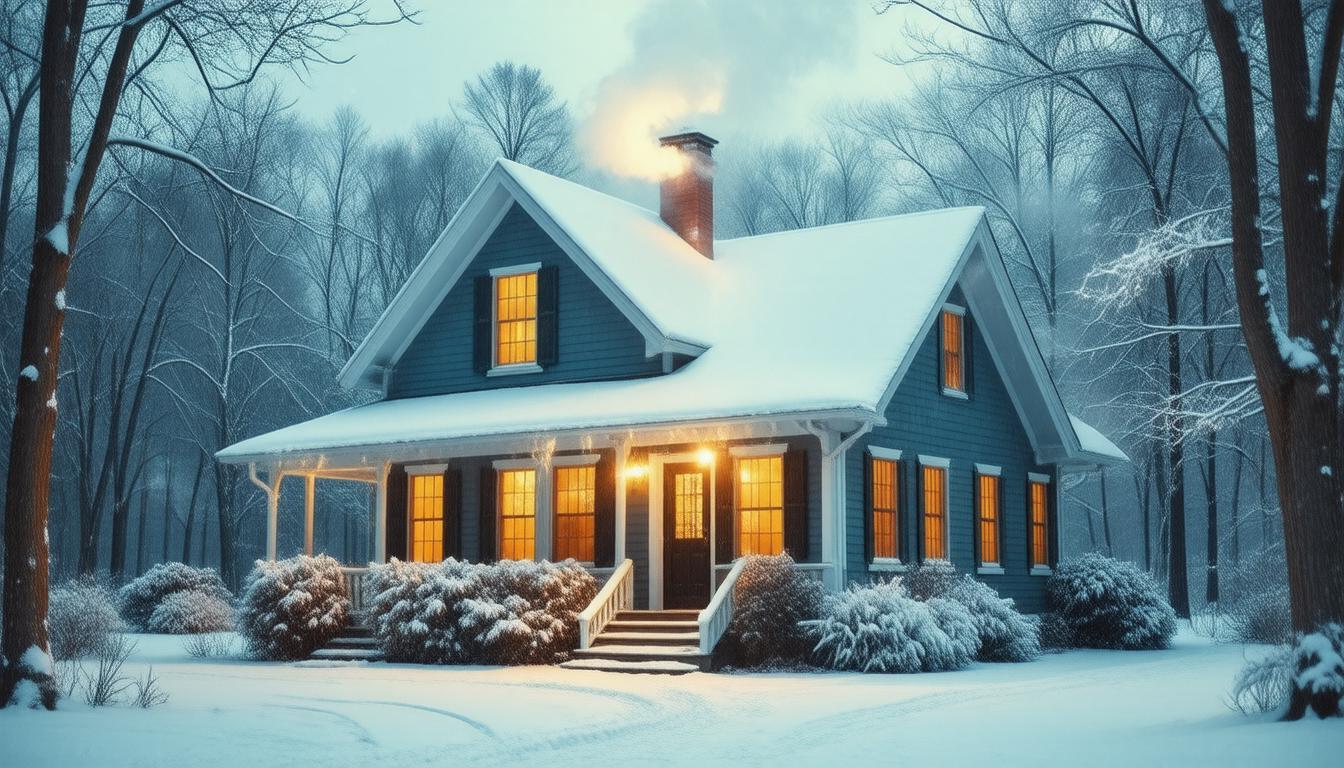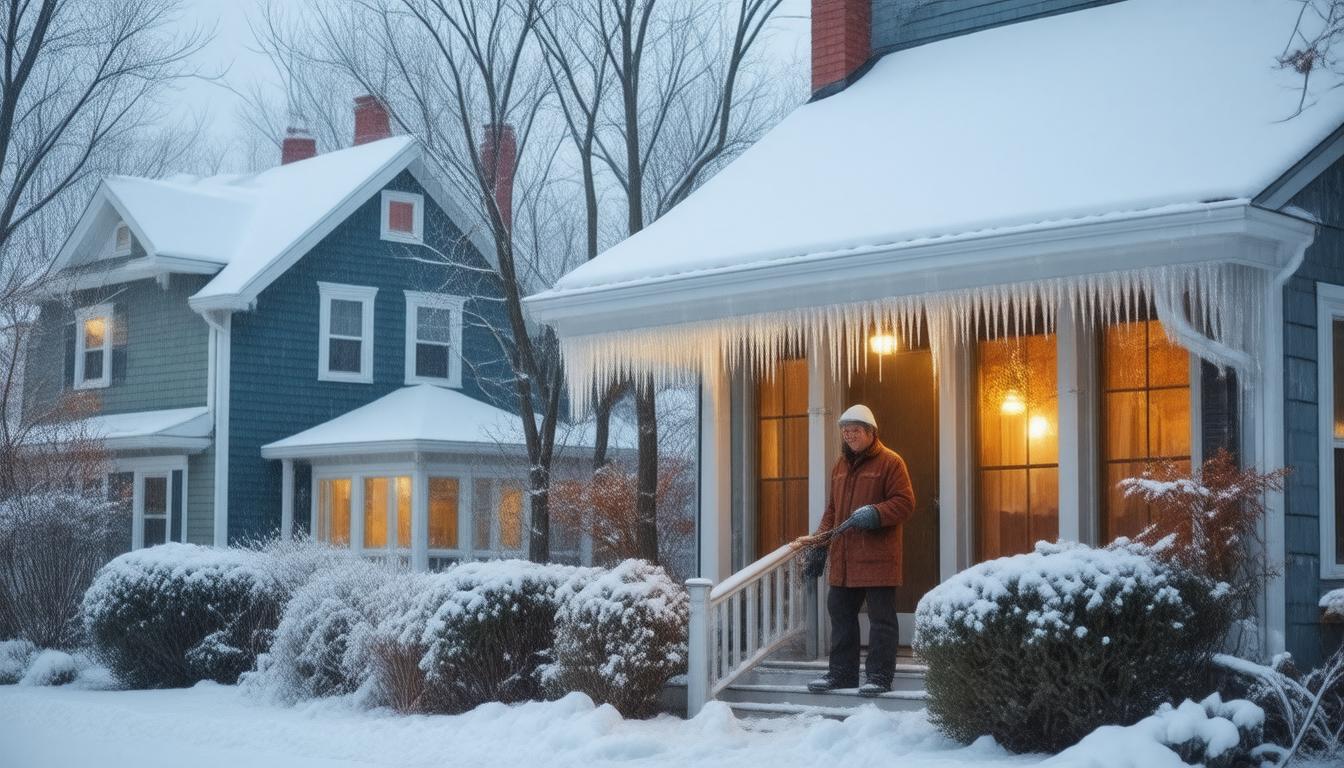

Understanding Termites
Termites are small, pale-colored insects that often resemble ants. They play a crucial role in the ecosystem by breaking down dead trees and other cellulose materials. However, when they invade human structures, they can cause significant damage by feeding on the wood within homes and buildings. There are several types of termites, but the most common are subterranean, drywood, and dampwood termites.
Signs of a Termite Infestation
Early detection of a termite infestation can save homeowners thousands of dollars in repair costs. Common signs include:
- Mud Tubes: Subterranean termites create pencil-sized mud tubes to travel between their colony and food source. These tubes are often found along foundation walls, crawl spaces, and other access points.
- Discarded Wings: Termites, like many insects, go through a swarming phase where they leave their colony to establish new ones. Discarded wings near windowsills or doors indicate that swarmers may have entered your home.
- Wood Damage: Termites eat wood from the inside out, leaving a honeycomb pattern. Damaged wood may sound hollow when tapped and can be easily punctured.
- Frass: Drywood termites produce frass, or termite droppings, which are small, pellet-like substances often found near infested wood.
Preventing Termite Infestations
Prevention is the best method to protect your home from termite damage. Here are some preventive measures to consider:
- Eliminate Moisture: Termites thrive in moist environments. Repair leaking faucets, water pipes, and AC units. Ensure proper drainage around the foundation and keep gutters clean.
- Maintain Proper Ventilation: Good airflow in basements and crawl spaces reduces humidity and dampness, making these areas less hospitable to termites.
- Store Wood Properly: Keep firewood, lumber, and paper away from your home’s foundation and elevated off the ground.
- Seal Cracks and Holes: Close any gaps in your home’s foundation, attic, and walls to prevent termites from entering.
Treating Termite Infestations
If you suspect a termite infestation, it is crucial to act quickly. Here are some treatment options:
- Liquid Termiticides: These are chemical treatments applied in the soil around your home to create a barrier that kills termites upon contact.
- Bait Systems: Bait stations are placed around your property to attract termites. Once consumed, the bait eliminates the entire colony.
- Wood Treatments: Certain chemicals can be applied directly to wood to prevent or treat termite infestations.
- Fumigation: In severe cases, whole-structure fumigation may be necessary to eliminate drywood termites.
Professional Help
Termite control requires specialized knowledge and equipment. It’s often beneficial to consult with professional pest control services for both prevention and treatment. Pest control experts can perform thorough inspections, identify the species of termite, and customize a treatment plan to effectively eliminate the infestation.
Conclusion
Termite infestations are a serious concern for homeowners, as these pests can cause extensive and costly damage. Recognizing the signs of an infestation, taking preventive measures, and seeking professional help when necessary are essential steps in protecting your home from termites. By staying vigilant and proactive, you can safeguard your property and maintain its structural integrity.







